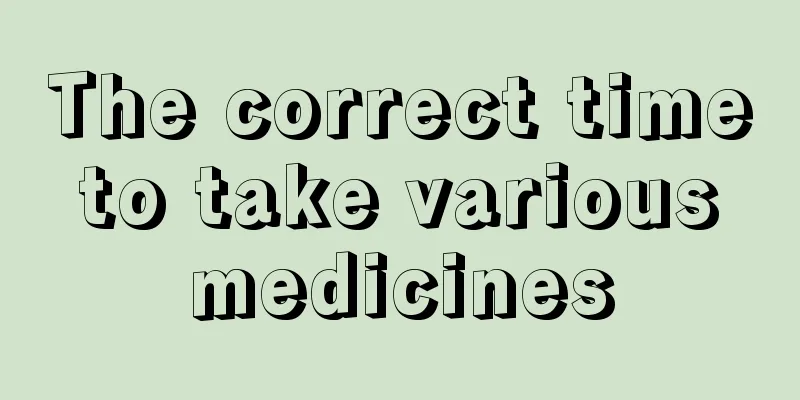Five major risk factors for ovarian cancer

|
The cause of ovarian cancer, like other cancers, has not yet been fully clarified, but its main predisposing factors include: no childbearing and breastfeeding, early menarche and late menopause, family history of cancer, frequent exposure to talc and asbestos, and a high-fat diet. 1. Not pregnant or breastfeeding Studies have shown that being unmarried and childless (infertility) are high-risk factors for ovarian cancer. Compared with women with a history of pregnancy and childbirth, women without a history of pregnancy and childbirth have a 1.7 times higher risk. Therefore, pregnancy can reduce the risk of ovarian cancer. The more pregnancies and cumulative months of pregnancy, the lower the risk of ovarian cancer. The first pregnancy has the strongest protective effect, reducing the risk of ovarian cancer by 40%. Miscarriage, stillbirth and ectopic pregnancy can also reduce the risk of ovarian cancer. 2. Early menarche and late menopause Reports have shown that the more ovulation cycles a woman has in her lifetime, the greater her risk of ovarian cancer. Therefore, early menarche and late menopause are one of the risk factors for ovarian cancer. 3. Family history of cancer Ovarian cancer tends to run in families. In addition, a family history of breast cancer, endometrial cancer, and colorectal cancer also increases the risk of ovarian cancer. 4. Exposure to talc and asbestos Experimental studies have shown that talcum powder and asbestos can migrate into the abdominal cavity, causing atypical hyperplasia of the ovarian epithelium, thereby increasing the risk of ovarian cancer. Foreign studies have found that the incidence of ovarian cancer in asbestos workers is higher than that of the general population. 5. High-fat diet High animal fat intake increases the risk of ovarian cancer. Drinking whole milk every day can also increase the risk of ovarian cancer. The more you drink, the greater the risk. Drinking skim milk reduces the risk. |
<<: 4 points to note for self-care after ovarian cancer surgery
>>: Two groups of people at high risk of liver cancer
Recommend
How often can I do B-ultrasound
B-ultrasound needs to be done about once a month,...
Why does my tongue go numb after eating pineapple?
Pineapple is a kind of tropical fruit. Pineapple ...
What are the treatment principles for small cell lung cancer
Now more and more people are suffering from small...
Can breast cancer patients drink goat milk?
Can breast cancer patients drink goat milk? 1. Fo...
What to do if the gap between teeth is wide
In daily life, we are often troubled by wide gaps...
Is blood accumulation in the lungs serious?
Coughing is a disease that has a great impact on ...
Why does drinking white wine cause diarrhea
China's wine culture has a long history and t...
Is it easy to get colon cancer after gallbladder removal?
Cholecystectomy will not directly lead to colon c...
What harm does ovarian tumor do to the body
The incidence of ovarian tumors is relatively low...
How to cure Hanjiao
In life, many people have sweaty feet. The so-cal...
Otitis media sinusitis
Otitis media is generally caused by infection of ...
What are the hazards caused by tongue cancer
What are the hazards caused by tongue cancer? Any...
How to treat itchy feet, blisters, peeling and sore feet
Generally, if blisters appear on the feet and the...
Does radiotherapy for nasopharyngeal carcinoma work quickly?
Is radiotherapy for nasopharyngeal carcinoma effe...
What are the prevention methods for rectal cancer
Nowadays, more and more people are suffering from...









